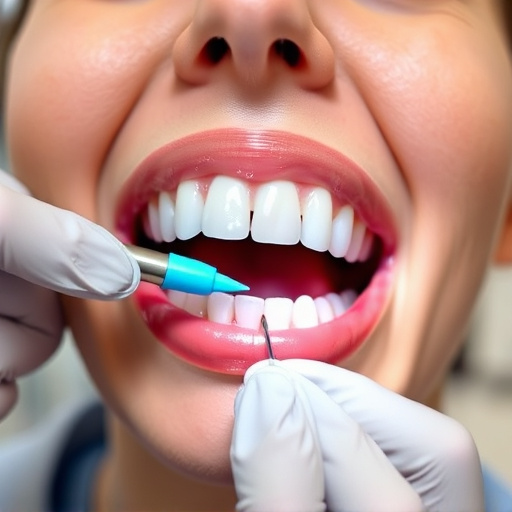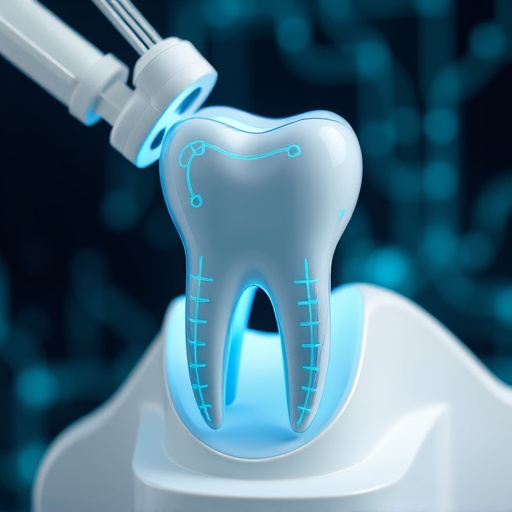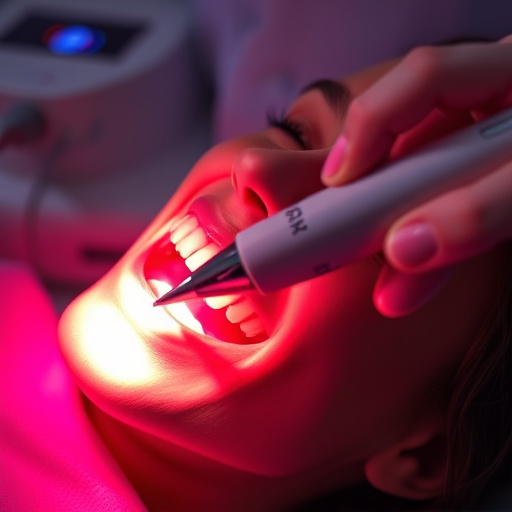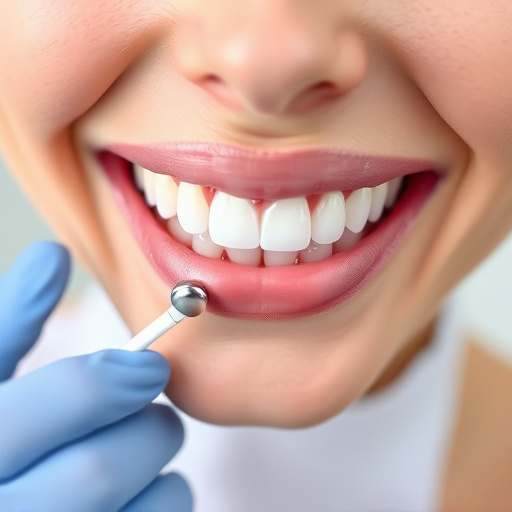Gum recession, caused by poor hygiene or genetics, exposes tooth surfaces and traps debris, leading to sensitivity, bone loss, and tooth loss if untreated. Deep cleaning treatment, recommended by professionals, removes plaque and tartar below the gumline to prevent further recession, strengthen gums, reduce inflammation, and promote healing, preserving oral health and reducing future dental procedures. Consultation, scaling, root planing, and post-cleaning recommendations or restorative procedures are involved in this comprehensive deep cleaning process.
“Experience improved gum health with the transformative power of deep cleaning treatment. This comprehensive approach goes beyond routine oral care, targeting the root causes of gum recession—a common yet serious condition affecting many. By delving into the intricate process of deep cleaning, we uncover how it strengthens gums, prevents recession, and promotes overall mouth wellness. Get ready to explore effective steps, understand the impact, and discover why this treatment is a game-changer in oral care.”
- Understanding Gum Recession: Causes and Impact
- The Role of Deep Cleaning Treatment
- Step-by-Step Guide to Effective Deep Cleaning
Understanding Gum Recession: Causes and Impact
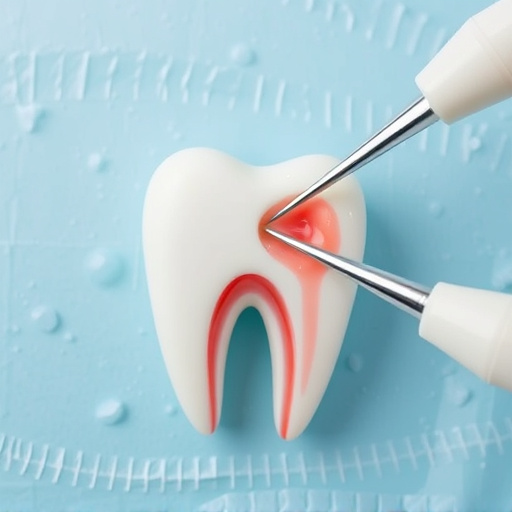
Gum recession is a common dental concern that occurs when the gum line moves down the tooth, exposing more of the tooth’s surface. This condition can be caused by various factors, including poor oral hygiene, aggressive brushing techniques, periodontal disease, or even genetic predisposition. As gums recede, they create pockets that can trap food debris and bacteria, leading to further inflammation and potential bone loss.
The impact of gum recession is significant. Not only does it cause sensitivity and discomfort, but it can also compromise the overall health of your mouth. Advanced recession may lead to tooth loss if left untreated. A deep cleaning treatment, often recommended by dental professionals, involves thorough removal of plaque and tartar buildup below the gumline, addressing the primary cause of recession. Along with routine oral exams and comprehensive dental care, this proactive approach can strengthen gums, prevent further recession, and promote optimal oral health.
The Role of Deep Cleaning Treatment
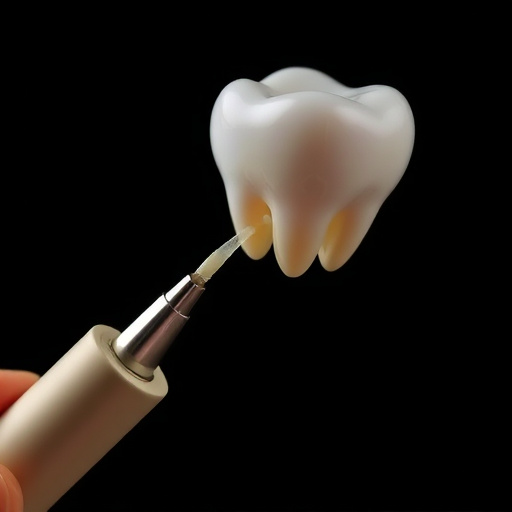
Deep cleaning treatment plays a pivotal role in maintaining oral health by addressing gum disease and preventing its progression, which can lead to gum recession. This comprehensive process involves thoroughly removing plaque and tartar buildup from deep pockets between teeth and gums. By eliminating these harmful substances, the deep cleaning treatment strengthens the gum tissue, reduces inflammation, and promotes healing.
Compared to routine dental cleanings, deep cleaning goes beyond surface-level care. It targets areas that are difficult to reach with regular brushing and flossing, such as below the gumline. This is crucial because these hard-to-reach places often harbor bacteria that contribute to periodontitis—a serious form of gum disease. Consequently, deep cleaning not only improves gum health but also serves as a proactive measure against cosmetic procedures like fillings or dental bonding, and even more severe issues like tooth extractions.
Step-by-Step Guide to Effective Deep Cleaning
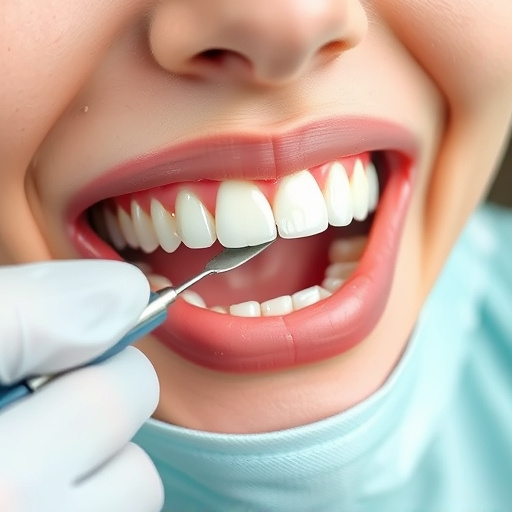
Deep Cleaning Treatment: A Step-by-Step Guide to Effective Gum Care
The first step in any deep cleaning treatment begins with a thorough consultation and assessment by your dentist or oral hygienist. They will thoroughly examine your gums, teeth, and overall oral health, identifying areas of concern such as plaque buildup, tartar accumulation, or gum inflammation. Following this initial evaluation, the professional will recommend an appropriate deep cleaning approach tailored to your needs.
The actual deep cleaning process involves several key steps. It often starts with scaling, where specialized tools are used to gently remove plaque and tartar deposits from above and below the gum line. This is followed by root planing, which smooths and cleans the tooth roots, eliminating any rough spots that can trap bacteria. In some cases, dental professionals may also recommend using local anesthetics during the procedure for enhanced comfort. Once the cleaning is complete, your dentist might suggest additional treatments like antimicrobial mouth rinses or prescription medications to further combat bacterial infections and promote gum health. Lastly, the use of clear aligners, dental crowns, or other restorative procedures can be discussed as follow-up steps to maintain optimal oral hygiene and prevent future recession.
Deep cleaning treatment plays a pivotal role in enhancing gum health and preventing recession. By addressing the root causes of gum issues, this comprehensive approach offers a lasting solution for maintaining a vibrant oral ecosystem. Incorporating regular deep cleaning into your dental routine can significantly improve overall oral well-being, ensuring your smile remains healthy and strong for years to come.








